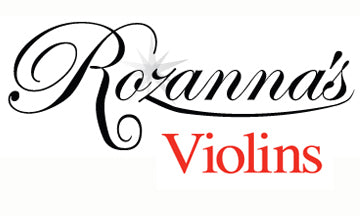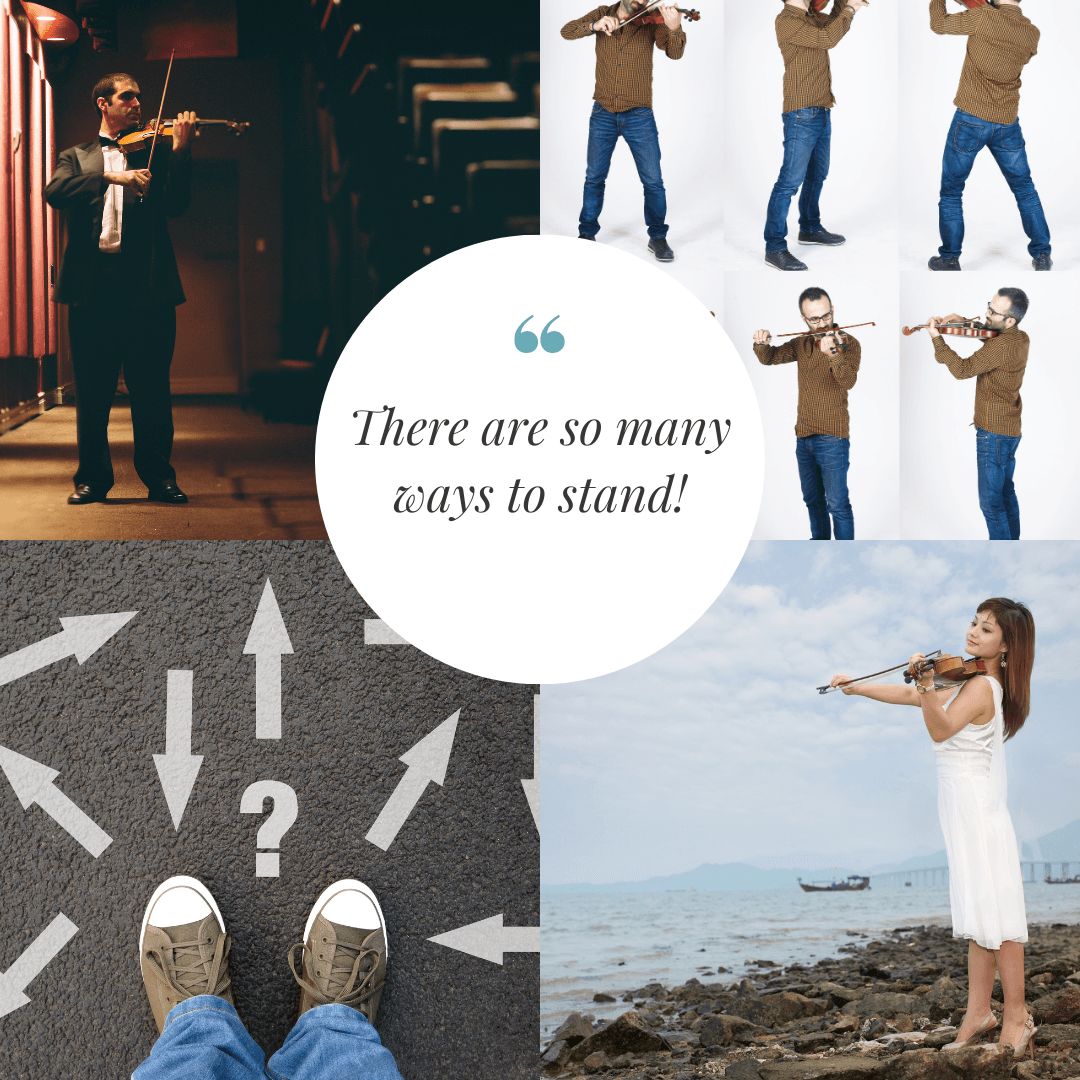Violin & viola players are often focused on the upper body, when it comes to technique, particularly in the arms, hands/fingers & shoulders. But it's really impossible to separate whats going on in the upper body with whats occurring simultaneously in the feet, legs & torso. If one isn't grounded when playing how can there be any real sense of security? The problem is so many of us can't really tell if we're grounded or not!
While this posting won't offer a simple 'right or wrong' response this matter, this posting will walk the reader through discovering for oneself. Allowing ones physical, kinesthetic cues to inform our brain goes a long way in discovering the most optimal way of carrying oneself. Studying our movements during specific physical awareness studies helps us see our limitations while also discovering better possibilities. Moving efficiently means utilizing parts of the body, previously kept dormant in ones playing the violin or viola. Through movement studies that may at first seem to include a set of constraints, more efficient movement is discovered as the body discovers movements that had previously been underutilized. Discovering the best use of the torso and pelvis is vital for support and balance when playing violin. These studies will assist in that awareness.

Warming Up Kinesthetic Awareness
- In standing position bring the awareness to the hips & knees.
- Does it seem like the knees are directly under the hips or are they not? Where are the knees in space in relation to the hips?
- Are the knees further out or further in?
- Do both knees tend to do the same thing or are they different. If so how? Are they both facing forward or does one tend to face towards the side?
- What about the feet? Where are they in relation to the hips? Are they right under the hips? Further out? Further in?
- Do both feet face in the same direction?Do they both face forwards? Can you feel how they're different?
- Then theres the weight. Is the body weight evenly distributed on both feet or is more weight on one side?
- While all of the above can be done without the violin, it is also valuable to do it with the violin.
- At some point the player may discover a difference between what one thinks one has been taught to do and what actually feels comfortable.

Crossed Legs & Feet Observations
- Find an area of the room where it's possible to lean against the wall if necessary or even a chair, in case wobbling and loss of balance occurs.
- Cross left leg in front of right leg so that the balls of the feet are parallel to each other.
- Be sure the tailbone is relaxed and tucked under so its possible to be in an upright standing position
- Begin to slide the right hand down the right side of the body, moving slowly and gently.
- Remember slow movements are key. Notice if theres any tension that begins to occur in any part of the body and if the breath is continuous throughout or held at any point.
- Do this movement 2-3 times then relax.
- Now bring left hand up and resting on top of the head.
- Repeat the same movement of sliding the right hand along side
-
 the right side of the body but with the left hand resting on the head.
the right side of the body but with the left hand resting on the head. - Begin the same thing but with the left hand sliding down the left side of the body.
- Notice the sides of the body, the area that feels to be expanding and the side the feels more compressed
- What are the sensations in the rest of the body?
- What are the hips & pelvis doing?
- Relax
- Repeat above steps with other arm and left foot on top and balls of feet parallel. Notice if one feels easier to do than the other.
- Relax. Notice if standing position feels different, more secure, more of a sense of the entire torso.
- Take up the violin and begin to play anything. Just notice the experience. Does it feel different? Can you articulate how it feels different? More balanced?
- Does it seem like the body as a whole is somehow more involved now?
- The above steps can also be repeated while having the hands resting on top of the head grasping forearms.


